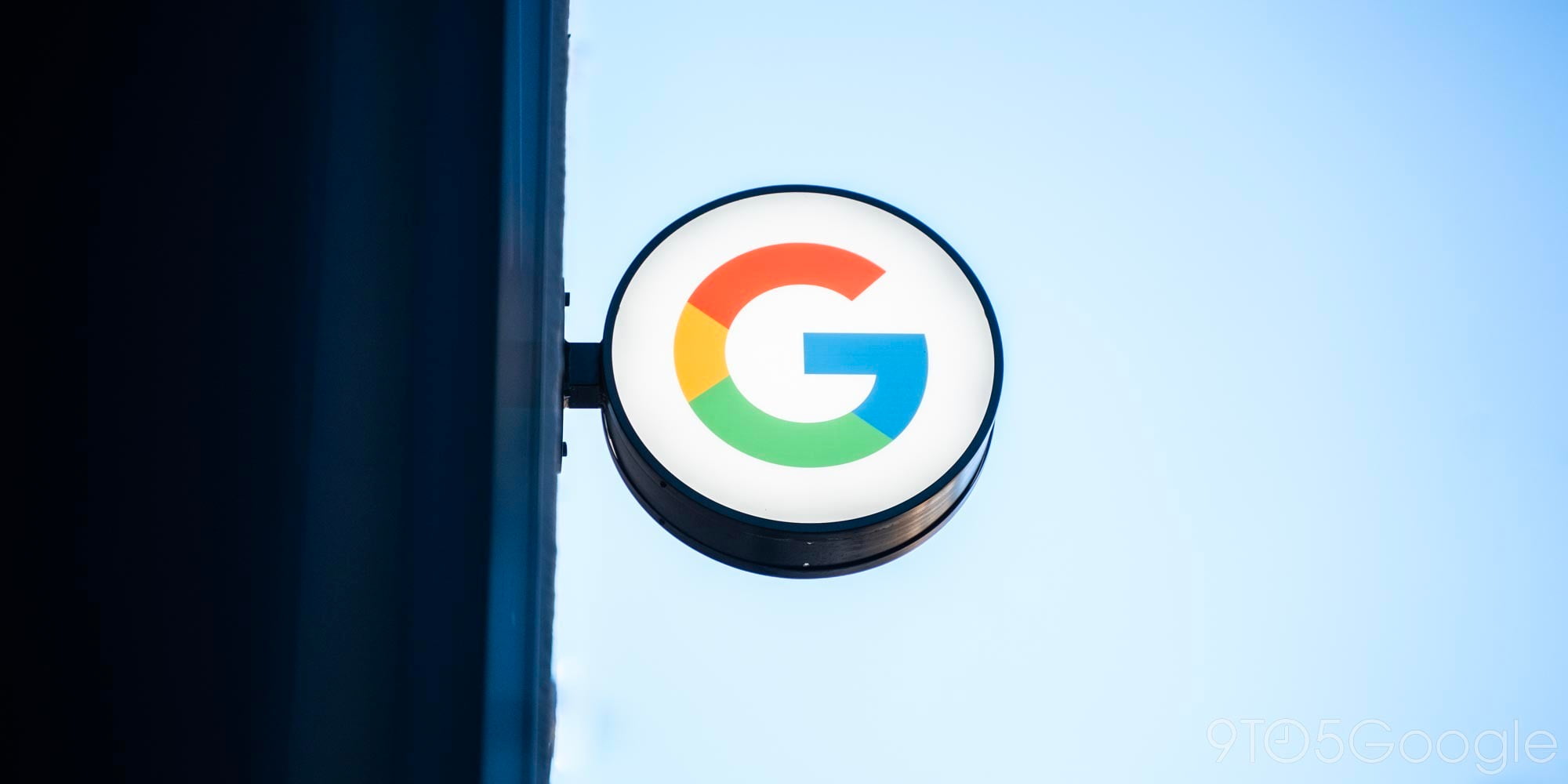
Thanks to some sleuthing XDA members, we now know that some OnePlus 3T models — but not all — can enable a display mode that’s shipping as an official feature on the company’s new OnePlus 5. That new wide color gamut display option is called DCI-P3, and it’s been popularized as of late on flagships like the Samsung Galaxy S8, and the iPhone 7.
It turns out enabling it on OnePlus’ 2016 flagship, given your device happens to have the right display hardware, isn’t too difficult…
The actual method by which you enable the feature isn’t hard, but it’s probably a bit out of reach — and a lot of work — for the average user to gain something that amounts to a minor additional feature. If you want to enable the mode, you have to download an app to check your exact display model, and then install another app and run some terminal commands. If you want the setting to persist through a reboot, it takes even more work.
So, like I said, it’s not out of reach. But for most people, the difference won’t be all that game-changing. XDA actually took some comparison photos between the DCI-P3 on the OnePlus 5 and that of the OnePlus 3T and found that there is some difference in saturation between the two phones. I’m personally not much of a display quality or color gamut snob, so I couldn’t really care less which display mode my device is in. But maybe you do.
But why is this modification possible on the OnePlus 3T? I think the answer is pretty simple. Only some OnePlus 3T models have the correct Samsung display (you apparently need the Samsung s6e3fa5 to enable the feature), and it wouldn’t make sense for some OnePlus 3T models to have the option while others don’t. And the feature wasn’t advertised in the first place, so no one can really blame OnePlus for not making it a user-facing option.
That, and despite the OnePlus 5 having the same exact display as the OnePlus 3T (a 5.5-inch 1080p AMOLED at 401 ppi), the OnePlus 3T models that can enable the feature still don’t look exactly the same. So clearly there was still work to be done despite (some of) the hardware technically having the ability to enable it. From my perspective, this seems like a nice bonus for power users that just want to push the limits of what their devices can do. And that’s great.
As mentioned, you can read the details on exactly how to enable the feature at XDA.
FTC: We use income earning auto affiliate links. More.



Comments